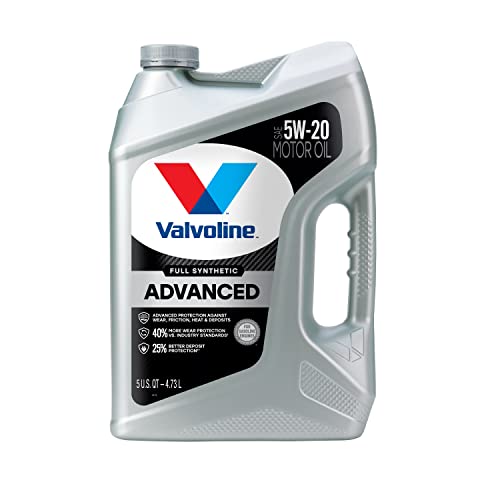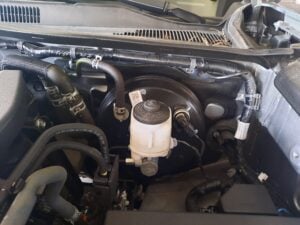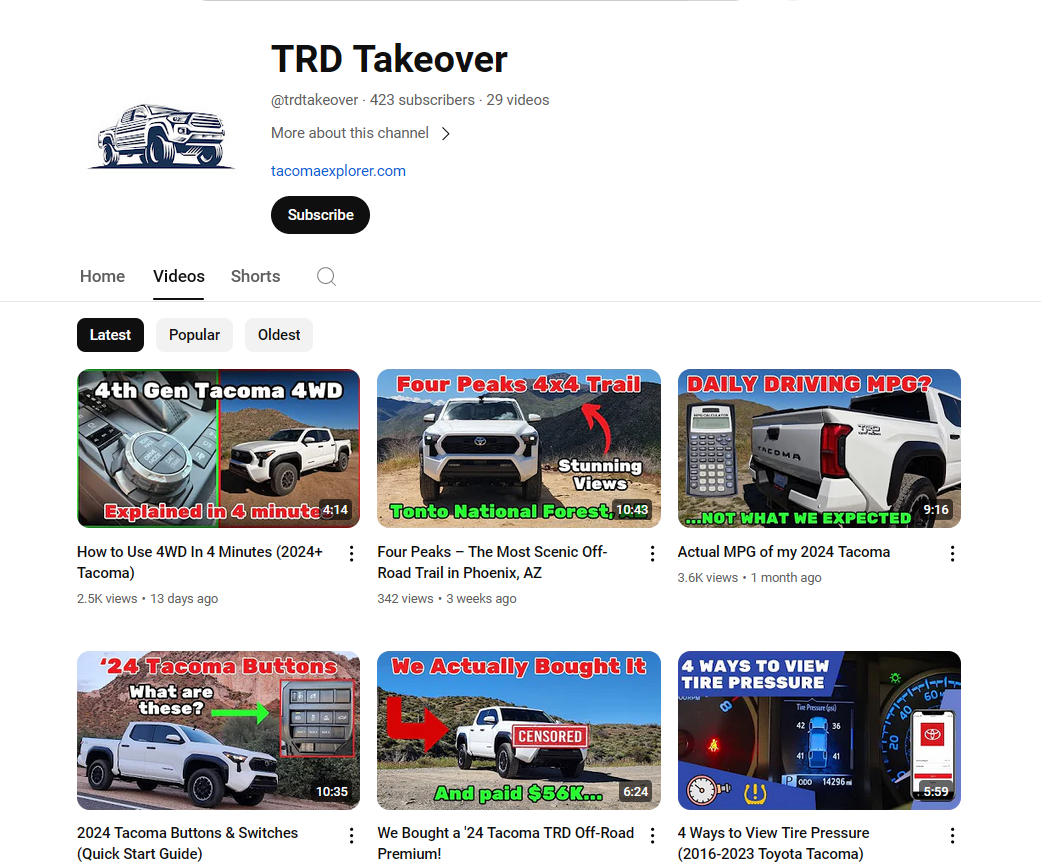V6 Toyota Tacoma Engine Oil Type (What You Should Use)
Your V6 Tacoma needs the right engine oil to keep it running properly. Here's what you should be using.
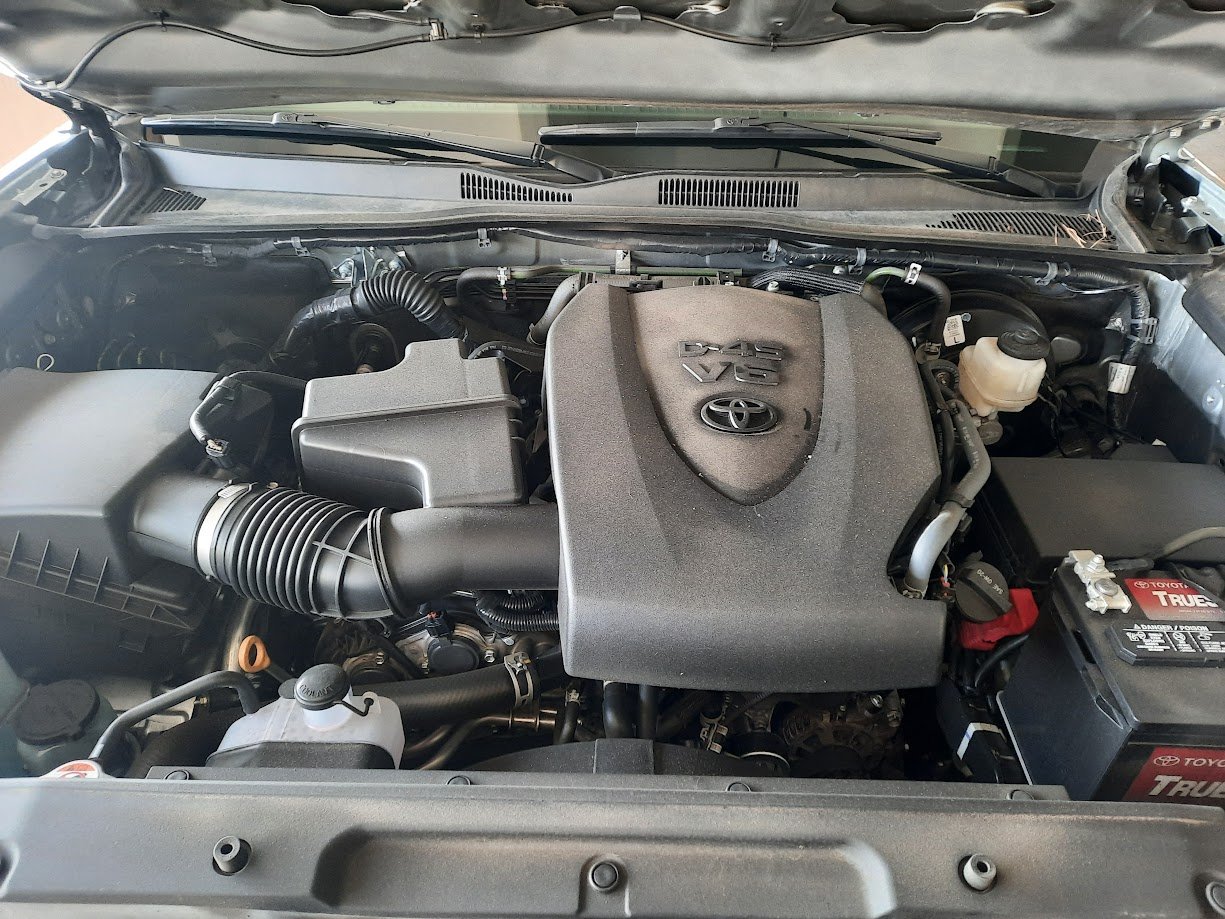
Key Points:
- Using the right engine oil is vital to provide lubrication for internal engine parts.
- 2016-2024 Tacoma is compatible with SAE 0W-20 or SAE 5W-20 engine oil.
- 1998-2015 Tacoma is compatible with SAE 5W-30 or SAE 10W-30 engine oil.
- Newer V6 Tacomas respond better to synthetic oil.
- Not all engine oil brands are equal. A difference in engine quality can be noticed from using low-quality oil.
- Adhere to proper oil change intervals and capacities.
Regular maintenance is critical if you want your Toyota Tacoma to last as long as possible. Whether you plan on keeping the truck until it dies or you want a higher resale value, learning about the V6 Toyota Tacoma engine oil is critical.
This guide takes you through the Tacoma oil types to choose the best one for your truck engine. We also explain different terminology and discuss how often to change the oil.
Oil Type
Motor oil provides the necessary lubrication to the internal engine parts. It keeps metal parts from touching other components, allowing everything to work smoothly and efficiently. Engine oil also keeps the motor cool during operation.
Modern synthetic oils provide more than simple lubrication to the engine. These specially-formulated products contain additives to clean the engine, maintain regular viscosity even in extremes and prevent oxidation from occurring.
Let’s look at the right engine oil type for your V6 Tacoma. The best oil type depends on what model year you drive.
- 2016 or newer: SAE 0W-20 or SAE 5W-20
- 1998-2015: SAE 5W-30 or SAE 10W-30
2009 and older Tacomas should use conventional oil, but the newer models respond well to synthetic.
Synthetic vs. Conventional
Why would you want to use synthetic over conventional or vice versa in your Tacoma V6 engine? There are benefits and disadvantages to both options. Here are a few basics to understand.
Synthetic motor oil
- Starts from a higher quality base oils than conventional
- Designed to protect the engine better
- Encourages higher levels of performance
- Cleans the engine
- Longer periods between oil changes
- Includes fewer impurities
- Usually offers better high & low-temperature performance
- Formulated with higher-performing additives
- Costs more initially than conventional (comes out to about the same cost per mile since it has a longer life)
Conventional motor oil
- Less chemically stable
- Oxidizes and acidifies quicker
- Breaks down faster and loses protective qualities
- Often used with older vehicles with simple engine configurations and normal driving tendencies
- Less expensive upfront (yet may be close to the same cost per mile since it has a shorter life)
Toyota recommends using synthetic on 2010 and newer Tacoma models. Older trucks should stick to conventional oil.
Importance of Using the Right Oil
Is it okay to choose a different type of oil beyond what Toyota recommends? No, it’s very important to stick to what’s recommended.
If you use the wrong oil, you may deal with these problems:
- Premature engine wear or damage that’s not covered by the warranty due to neglect
- Reduced lubrication of the engine, leading to a shorter life
- Using lower-viscosity oil allows for more metal-to-metal contact and friction
- Using higher-viscosity oil makes the engine work harder to circulate it, leading to more mechanical resistance
In addition to these mechanical issues, you may notice a drop in fuel economy. While it shouldn’t be severe, paying a few extra dollars a week will add up. Additionally, the engine could start exhibiting issues, such as overheating or stalling.
Engine Oil Terminology
To most people, the engine oil type looks like a random combination of numbers and letters. However, there is actually meaning behind each combination.
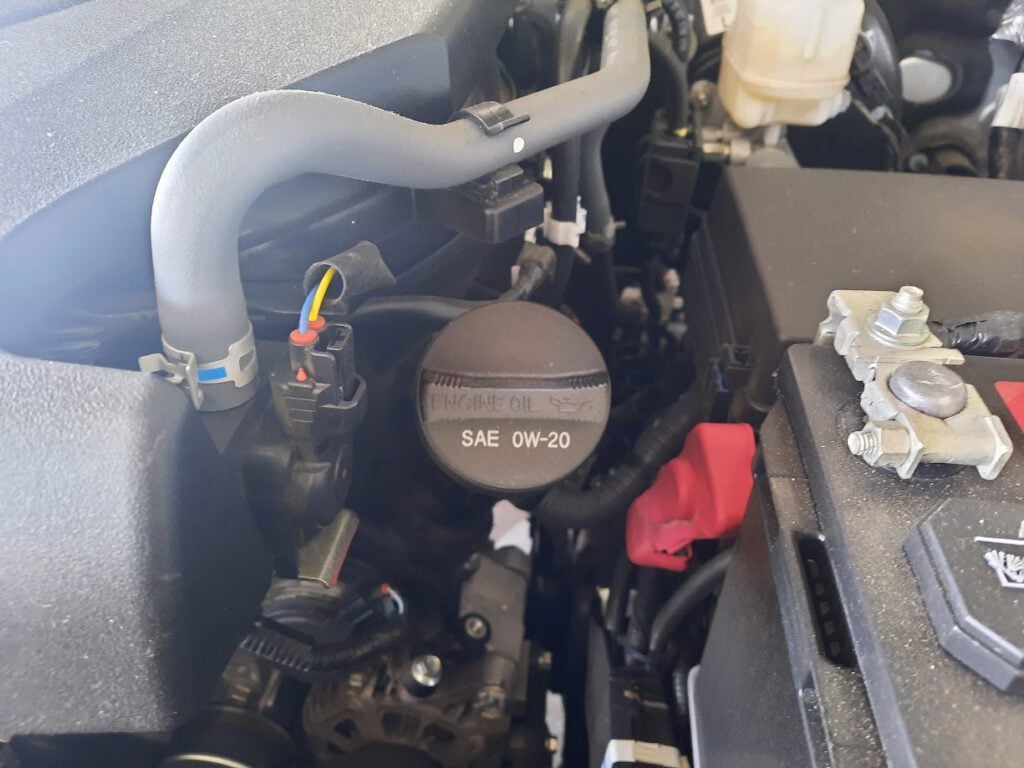
The SAE part of the motor oil type means “Society of Automobile Engineers.” It’s the group setting the guidelines for all manufacturers to follow.
Aside from this, you’ll also see numbers and a letter represented like this, #W-##. These express the viscosity of the oil. Oil viscosity shows how easily the oil pours while at a certain temperature. Thinner oil flows easier at lower temperatures (low viscosity), while thicker oils tend to have a higher viscosity.
For example, let’s look at what 0W-20 means.
- 0: Cold temperature viscosity rating
- W: Stands for winter
- 20: Operating temperature viscosity rating
There are also four types of oil you can choose.
- Synthetic: Created in a lab and includes special additives
- Conventional: Traditional oil with no synthetic additives
- Synthetic Blend: Mixture between conventional and synthetic oils
- High-Mileage: Designed to prevent leaks in older engines with more than 75,000 miles on them
The additives used in motor oils can vary. Some manufacturers prioritize lubrication, sludge removal, performance, oxidation resistance, detergents, etc.
How to Evaluate Engine Oil Brands
Once you know what type of oil to use in your V6 Tacoma, it’s time to choose a brand. With so many to pick from, it’s important to do some research and determine what’s best for your needs.
If you are dealing with synthetic oils, remember that different manufacturers prioritize some additives over others.
While we don’t know what brand is best for what you need, we do have some information to consider.
- Blackstone Laboratories performed a study of 10,000 motor oil samples. The study concluded that most brands are interchangeable as long as it’s the right oil weight and type for the vehicle.
- Get Jerry recommends avoiding several brands because they aren’t backed by SAE or API (American Petroleum Institute) or fail to have high-quality additives. These brands include Liberty Motor Oil, Xpress Lube Pro Motor Oil, Questron Motor Oil, Bullseye Motor Oil, Q10-40 Motor Oil, Quaker State Q Motor Oil, and Petrola Motor Oil.
- Some professionals believe non-brand name motor oil can have fillers that clog engine pipes or cause oil leaks.
As a professional mechanic, I will tell you that I have personally seen a difference in motors that use low-quality oil. It’s my humble opinion that choosing high-quality motor oil can add many miles to an engine and is well worth the added expense.
Other Important Oil Information
If you plan to change your oil, there are a few other things you want to know. Let’s look at how often the oil should be changed, the average capacity, and the type of filter that should be used.
How Often to Change the Oil
If you go online, you will get five different answers on how often to change your oil. Instead of listening to every opinion, it’s best to follow what Toyota recommends, especially if you have a warranty. Here are some recommendations based on the model year of your V6 Tacoma.
- 2016-2023: Every 10,000 miles or 12 months (whichever comes first)
- 2004-2015: Every 5,000 miles or 6 months (whichever comes first)
- 2003 and older: Every 5,000 miles or 4 months (whichever comes first)
By following these recommendations, you ensure that the engine gets the proper amount of lubrication and you keep the motor in its best condition.
Engine Oil Capacity
So, how much oil does your V6 Tacoma need? It’s good to know this before changing the oil to ensure you have enough on hand.
Engine Oil Capacity (V6) (with filter)
- 2021-2023: 6.2 quarts
- 2016-2020: 6.1 quarts without towing package/6.2 quarts with towing package
- 2009-2015 2WD: 4.8 quarts
- 2009-2015 4WD: 5.5 quarts
- 2005-2008 2WD: 4.5 quarts
- 2005-2008 4WD: 5.2 quarts
- 2004 & older 2WD: 5.4 quarts
- 2004 & older 4WD: 5.2 quarts
Oil Filter Type
The oil filter keeps harmful contaminants from getting into the engine. It’s important that you install the right type to keep everything running smoothly.
When you buy an oil filter at the auto parts store or online, you can search for the right fit for your Tacoma truck. Tell the clerk in-store what truck you have, or you can look it up in their booklet. If you prefer to shop from home, enter the vehicle information online.
Where to Get Your Tacoma’s Oil Changed

When the time comes to change the oil, you have several options. You can do it yourself or take it somewhere to be changed. Let’s explore your options.
Dealership
If you have a newer truck, an oil change may be free through ToyotaCare. This free maintenance plan covers the required appointments for the first two years or 25,000 miles (whichever comes first) on every new Toyota. The plan also includes 24-hour Roadside Assistance for the first two years with unlimited mileage.
Aside from this plan, going to the dealership for an oil change means the following things:
- Longer wait times
- More difficult to schedule
- Most expensive option
- May be further away from you, with not many locations to choose from
On the bright side, the dealership will use OEM parts, so you’ll know the job was done to factory specs.
Quick Lube Shop
Most people have a quick lube shop nearby, making it easy to get an oil change done at any time, even without an appointment. Here are some things to expect when using a quick lube location.
- Cheaper oil changes
- Usually take 30 minutes or less
- Technicians use aftermarket parts
- Mechanics may be brand-new or lack a lot of experience
Independent Mechanic
You may also choose to take your vehicle to a certified mechanic in your area. If that’s the case, consider these factors.
- Some mechanics aren’t specialized to work on Toyota vehicles
- Cheaper than the dealership but more expensive than the quick lube
- May be easier to schedule
- You build a relationship with the mechanic working on your truck
Do It Yourself
You could save a lot of money if you prefer to change the oil at home. However, you could make mistakes if you don’t know what you are doing. Thankfully, it’s not a difficult job to learn as long as you are detail-oriented. You could watch several videos on YouTube and get a good idea of what to do.
Related Content
Keep Your Motor Running
With regular oil changes, your V6 Tacoma is going to continue running as intended. It’s the simplest and cheapest way to keep the truck in optimal condition.
If you can change the oil yourself, set a schedule and get it done. Otherwise, establish a relationship with a local lube shop, mechanic, or dealership where you can have the maintenance performed.

